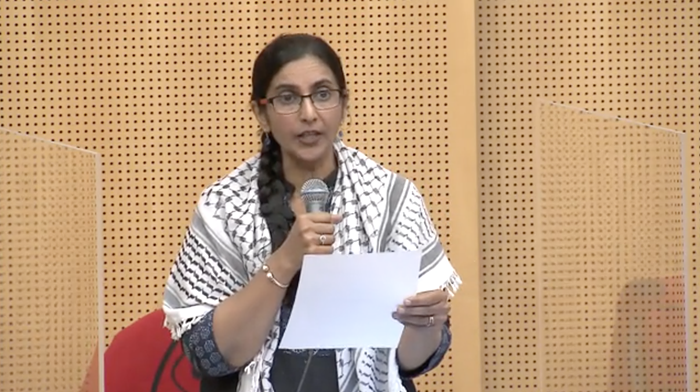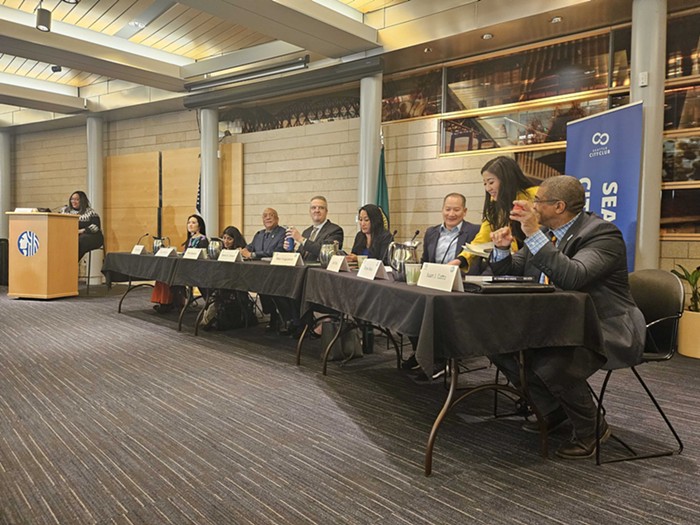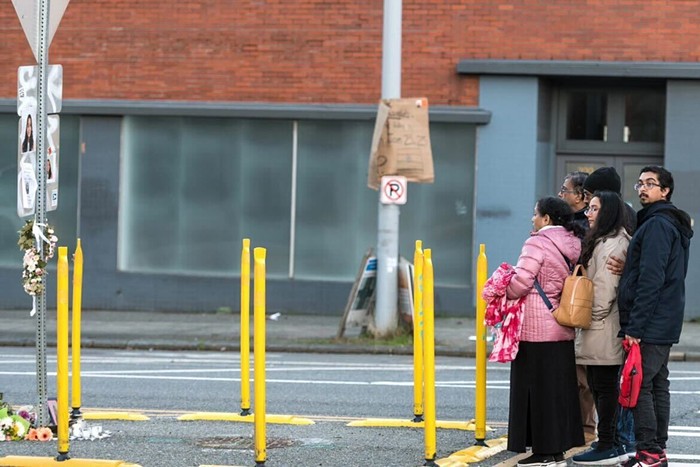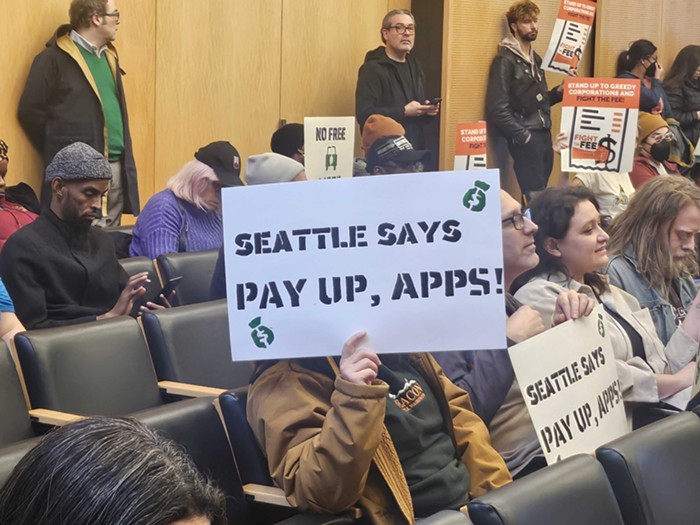
Seth Shteir is the conservation manager for Seattle Audubon and submitted this guest editorial in conjunction with the signing of the Urban Bird Treaty, which will happens in Lincoln Park on May 5.
Years ago, as an elementary school teacher, I led first grade students, provisioned with toilet paper roll binoculars, on bird walks to see crows, mourning doves and house finches in an urban neighborhood, to help them understand that nature is never far away, even in the city.
We may have been watching birds that day, but the benefits of experiencing and preserving nature in the city extends to all humans. In fact, in the last 20 years, there’s been an explosion in research demonstrating that nature provides real benefits for the young and old alike, whether they are birdwatchers or not. That’s just another reason why it’s critical that the City of Seattle unite under the banner of restoring the urban forest and why we recently launched the Neighborhood Flyways campaign.
The Neighborhood Flyways campaign will help monitor and analyze the best locations to preserve Seattle’s urban forest for the benefits of birds and for humans. Specifically, Flyways will collect and synthesize tree data to identify key places within the “Emerald City” to preserve and restore the urban tree canopy. The initiative will provide a blueprint for restoration projects and for prioritizing the preservation of natural areas, a fact that is increasingly important as we’ve become one of the fastest growing areas in the nation.
That’s good news for birds that travel north and south along the Pacific Flyway—a bird migration super highway that links habitats in Central and South America’s jungle with the Alaskan tundra—but equally good for city residents. Studies show that providing children access to nature improves academic performance, reduces stress, and leads to healthier active lifestyles. Trees also provide critical environmental services by cleaning the air, sequestering carbon and reducing storm water runoff. There’s even been research that shows that employees with a view of nature take fewer sick days off from work, and urban forests can save residents millions of dollars annually by reducing energy use.
Yet another important component of the Neighborhood Flyways program: an Urban Bird Treaty between the City of Seattle and the U.S. Fish and Wildlife Service. The Treaty recognizes Seattle’s role in protecting birds along the Pacific Flyway. Specifically, the Urban Bird Treaty partnership—which also includes the Washington Department of Fish and Wildlife, Heron Habitat Helpers, Audubon Washington, and Seattle Audubon—will work to implement lights-out and cats-indoors programs, as well as encourage backyard wildlife habitat certification and bird friendly architecture. The benefits of these programs will result in fewer hazards to birds on their perilous migratory journey by reducing predation and collision with buildings, as well as ensuring these animal athletes have more resting and refueling stops.
Restoring Seattle’s urban forest and protecting birds along the Pacific Flyway is a worthwhile endeavor for our community and our elected officials. These urban green initiatives benefit both wildlife and the quality of life, health and well-being of people that live in this city—from Puget Sound to Lake Washington, and from Des Moines to the King County line.


















